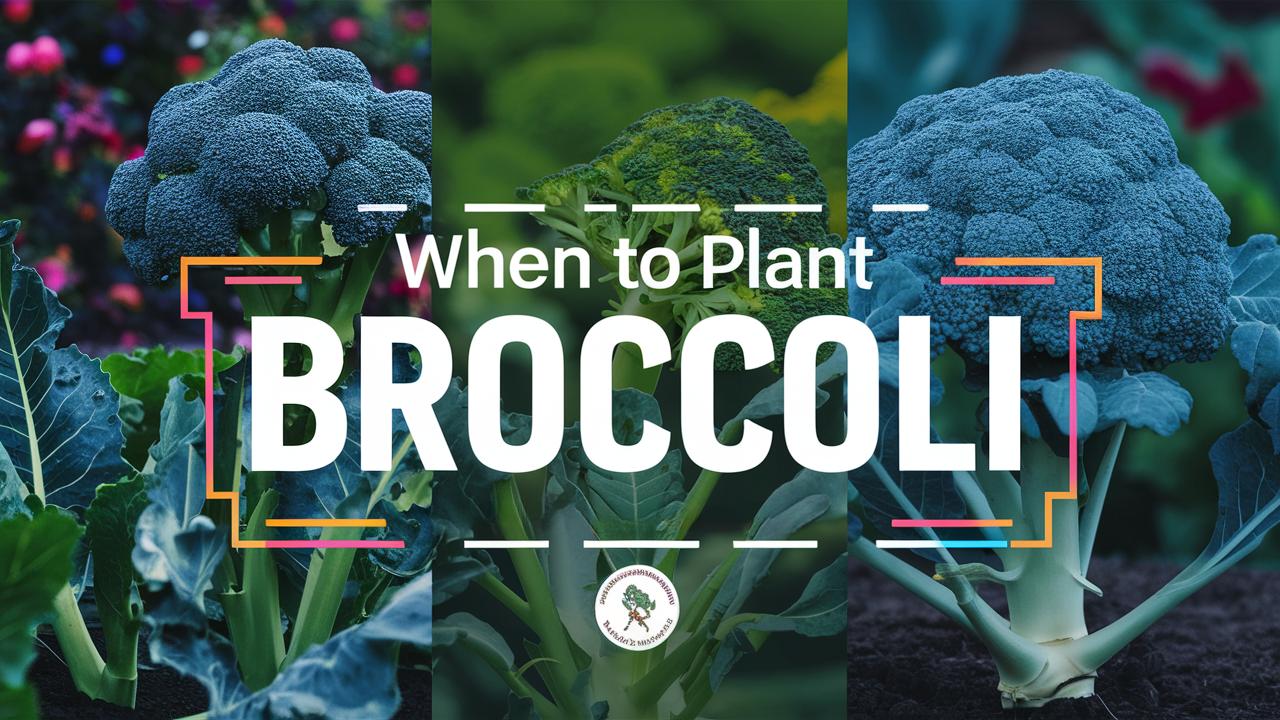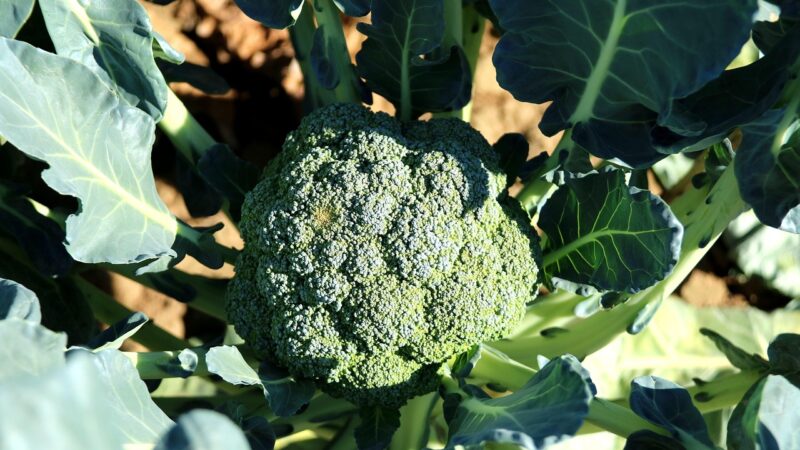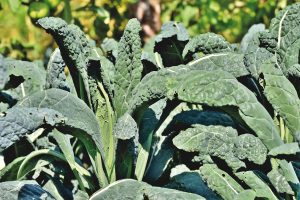If you’ve decided to introduce this vibrant green vegetable into your home garden, this guide will provide you with all the attributes you need to know about timing your planting for the best results. From understanding its growth cycle to deciding on the perfect season in your region, let’s delve into the intricacies of broccoli planting!
Understanding Broccoli’s Growth Cycle
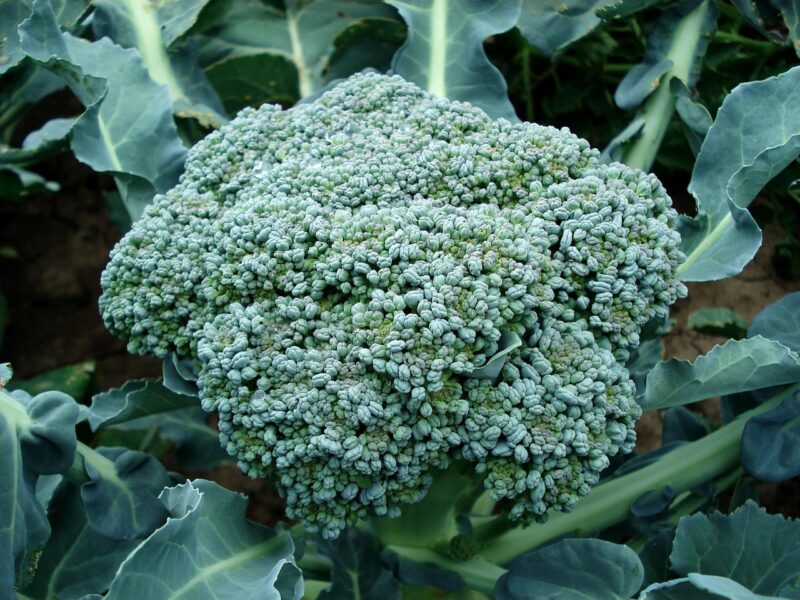
Before diving into specific planting times, it’s vital to grasp broccoli’s growth cycle. Broccoli (Brassica oleracea var. italica) typically requires a growing season of roughly 70 to 100 days, depending on the specific variety. This vegetable thrives in cooler temperatures, which means your local climate greatly influences the best planting period for this nutritious ally.
Broccoli has two main planting seasons: spring and fall. In spring, your aim is to plant the seeds or seedlings when the soil has warmed enough to support germination yet still offers the cool temperatures favorable for growth. In fall, the seeds can be planted to mature as the temperatures begin to cool again. Each season has its nuances that can lead to two vastly different growing experiences.
Spring Planting: Timing is Everything
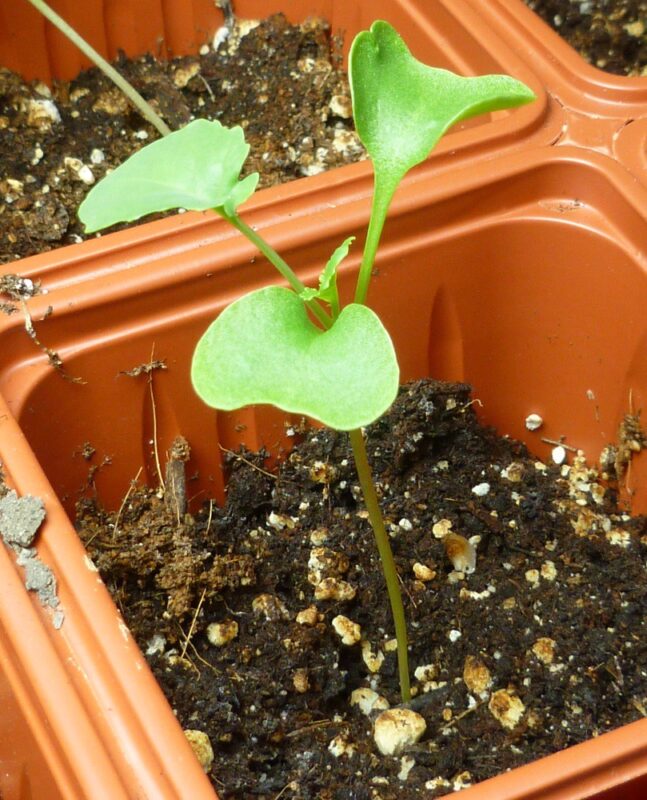
When planting broccoli in the spring, timing is crucial. You want to start your seeds indoors about six to eight weeks before the last frost date in your area. To find the last frost date, you can check local gardening resources or online tools. Once seedlings are ready to be transplanted, usually around 2 to 4 weeks before the last frost, they can be moved into the garden.
Preparing Your Soil
Before so much as thinking about planting, make sure your soil is in prime condition. Broccoli prefers rich, well-draining soil with a pH level of around 6.0 to 7.0. Amend your garden bed with organic matter — such as compost or well-rotted manure — to help kickstart healthy growth. Loosen the soil by tilling a few inches deep and create raised beds if you live in areas with poor drainage.
Sunlight and Spacing
Next up is to find the perfect location for your broccoli. This plant loves the sun but also appreciates some partial shade, especially during the warmer parts of the day. Ideally, aim for a spot where your plants can bask in at least 6 hours of sunlight. When planting, ensure to space your seedlings approximately 18 inches apart to allow for adequate air circulation. This spacing helps reduce the threat of diseases and pests.
Fall Planting: A Seasonal Delight
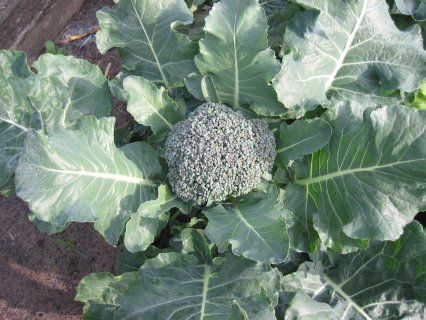
If you’re considering a fall planting of broccoli, the process shifts slightly but can yield delightful results. Fall plantings start later in the season, typically late summer to early fall, allowing the plants to mature at cooler temperatures, which often enhances their flavor.
Seed Selection for Fall
For fall planting, select varieties that mature quickly since the days are getting shorter. Some popular fall varieties include ‘Waltham 29’ and ‘Calabrese.’ It can be beneficial to choose varieties specifically bred for cooler conditions to maximize your harvest.
Timing Your Planting
Start by determining your first frost date. Generally, you want to plant your seeds or seedlings about 10 to 12 weeks before that date. In many regions, this means sowing seeds in early to mid-summer. Before sowing, ensure that the soil temperature sits comfortably between 50°F and 85°F.
Regional Variations: Tailoring Your Planting
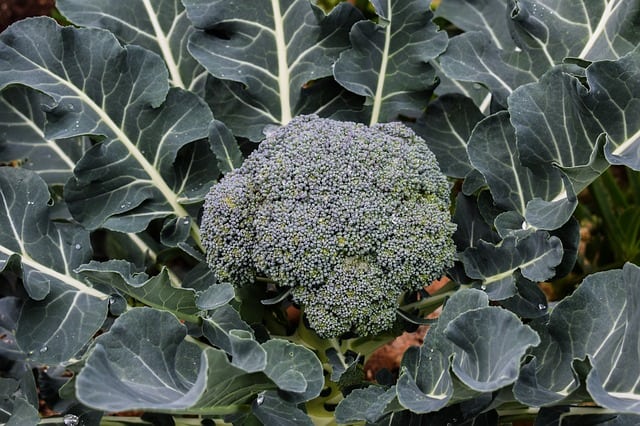
When discussing planting times, the geographical variations can’t be overstated. Different regions across the United States and beyond have distinct climates, and knowing your USDA Hardiness Zone can help you identify the perfect planting window.
Northern Climates
In the northern climates, where winters can be harsh, it’s generally advised to get your broccoli plants in the ground early in spring. Aim to plant your seeds indoors by early March for transplanting by mid to late April. For fall, target mid-July for your first sowing because the cooler late summer and fall temperatures will support the development of your plants.
Southern Climates
If you’re gardening in the South, your timing shifts considerably. The milder winters allow for a more forgiving window. For spring planting, aim to sow your seeds indoors in late February, and then transplant them by early April. For fall, you can plant seeds outdoors from mid to late August, taking into account the heat of late summer.
Temperate Zones
In temperate regions, broccoli can often be grown throughout a longer part of the year. You can start seeds indoors from late winter and transplant to the garden in early spring for a nice summer harvest. Similarly, consider a fall planting after the summer heat has passed, usually around late August to early September.
Factors Influencing Broccoli Planting
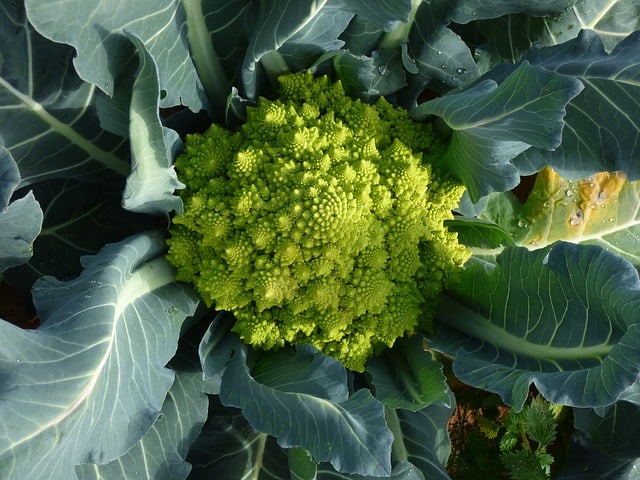
In addition to timing, various factors can affect when you should plant your broccoli. Weather fluctuations, soil temperature, and humidity play significant roles in determining the success of your growth cycle.
Soil Temperature
Broccoli prefers cooler soil temperatures, preferably between 60°F and 70°F. Warm soil can lead to premature flowering and bitter-tasting vegetables, often referred to as ‘bolting.’ To check the soil temperature, use a soil thermometer before planting. If your soil is too warm, consider delay strategies like using shade cloth to cool the planting area.
Weather Conditions
While some gardening practices allow for flexibility, one shouldn’t ignore weather conditions during planting. Early spring can bring unexpected frosts or temperature fluctuations that can stunt seedling growth. Similarly, ensure the summer isn’t trending excessively dry as this can lead to poor germination rates. Monitor extended forecasts and be prepared to cover younger plants if cooler temperatures threaten.
Maintenance After Planting
Once you’ve successfully planted, the work isn’t done. Broccoli will require continued care. Regular watering is essential, especially in the first few weeks after planting. Aim to keep the soil consistently moist but not waterlogged, as waterlogged soil can lead to root rot and other diseases.
Fertilization
Organic fertilizers that are high in nitrogen are beneficial for growing healthy broccoli. You can start fertilizing around a month after transplanting your seedlings into the garden. Be cautious, though; over-fertilization can lead to lush foliage growth with fewer heads.
Pest and Disease Management
Since broccoli is a member of the cabbage family, it’s susceptible to pests such as aphids and cabbage worms. Monitor your garden regularly for signs of infestations, and make your move quickly with eco-friendly pest control solutions. Companion planting with herbs or flowers can help deter many pests naturally.
Timing Your Harvest
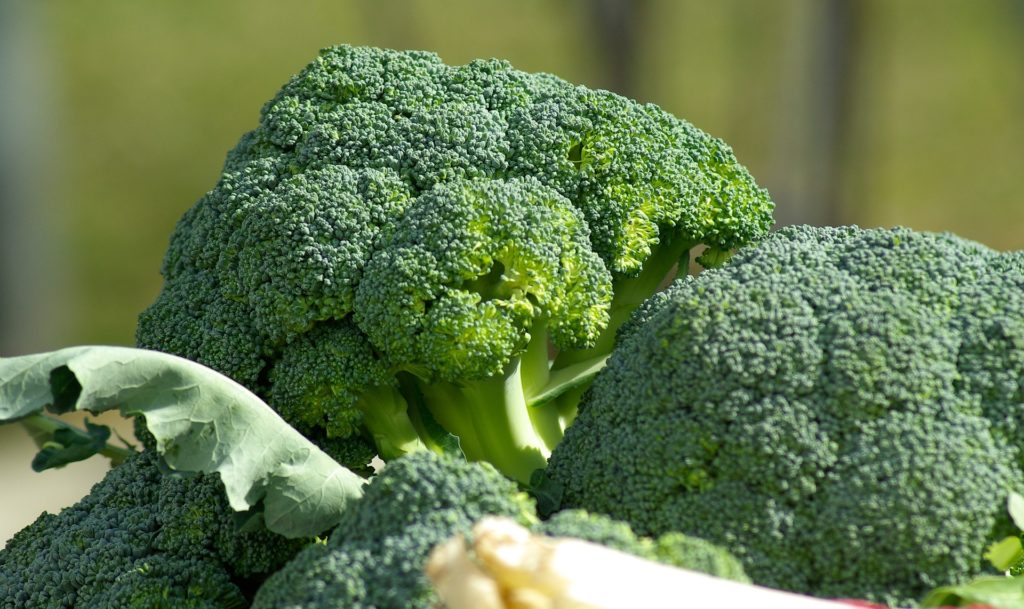
Once broccoli starts growing, it won’t be long before you’re eyeing that first fruitful head. The optimal time to harvest broccoli is when the flower heads are tight and fully formed but before any of the buds begin to open. This is usually about 70 to 100 days after planting.
Harvesting Tips
When it’s time to harvest, use a sharp knife to cut the head off, leaving a few inches of stem attached; this encourages the plant to keep producing smaller side shoots, providing further yields. You can often continue to harvest from the same plant for weeks!
Conclusion: The Art of Timing in Planting Broccoli
In the world of gardening, knowing when to plant your crops can be the difference between a bountiful harvest and a disappointing yield. Broccoli, with its multiple varieties and specific watering, soil, and sunlight needs, presents an exciting but nuanced challenge. By understanding your local climate, mastering the spring and fall planting windows, preparing your soil, and maintaining your plants carefully, you can enjoy a rewarding harvest of this versatile and nutritious vegetable.


